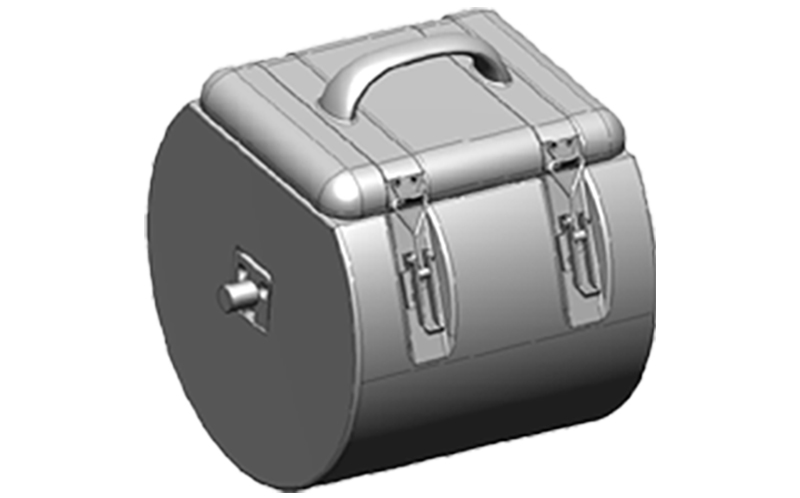Reinforcing Ribs Design Guidelines for Rotomolded Products
 Mar 25,2024
Mar 25,2024

Reinforcing Ribs Design Guidelines for Rotomolded Products
Reinforcing ribs are used to enhance the structural integrity and durability of rotomolded products. These ribs help distribute mechanical stresses more evenly throughout the product, improving its ability to withstand loads and impacts. Below are the design guidelines for rotomolded products.

1. Understanding Ribs
Ribs are structural elements added to the design of rotational molded products to increase their strength and stiffness. They act as load-bearing components, helping to distribute stresses and prevent deformation under applied forces. Ribs can be designed in various shapes and sizes, and their placement within the product is crucial for achieving the desired structural benefits.
2. Importance of Rib Design
Properly designed ribs play a vital role in improving the structural performance of rotational molded products. They can help increase the product's ability to withstand mechanical stresses, such as bending, torsion, and compression. Ribs also enhance the product's impact resistance, making it more durable and reliable for demanding applications.
3. Rib Design Considerations:
When designing ribs for rotational molded products, several factors must be taken into account:
a. Rib Shape and Size: The shape and size of the ribs should be carefully chosen to optimize their structural performance. Common rib shapes include circular, rectangular, and elliptical cross-sections. The size of the ribs should be balanced with the overall product dimensions and the desired load-bearing capacity.
b. Rib Spacing: The spacing between ribs should be carefully considered to ensure effective load distribution. Closely spaced ribs provide more structural support, but they may also increase material costs and product weight. Proper spacing should strike a balance between strength and economy.
c. Rib Orientation: The orientation of ribs can significantly affect the product's structural performance. Ribs should be placed in areas of expected high stress and should be oriented to resist the predominant loading conditions. It is often beneficial to orient ribs perpendicular to the direction of expected forces for maximum effectiveness.
d. Material Thickness: The wall thickness of the product should be considered when designing ribs. Thicker walls may require larger or fewer ribs to achieve the desired structural performance. It is essential to ensure that the ribs do not compromise the overall wall thickness uniformity, which is critical for product quality and durability.
4. Prototyping and Testing:
Before finalizing the product design, it is beneficial to create a prototype and test the structural performance. This can help identify any areas where the ribs may need to be adjusted to improve the product's ability to withstand loads and impacts. It can also reveal any potential issues with the rib design that may affect the product's functionality or aesthetics.
When designing reinforcing ribs for rotational molded products, those factors must be taken into account to make sure that the ribs are effectively integrated into the product design. With years of rich experience, Light Venus provides custom rotational molding services from concept design to delivery. Contact us if you need any technological support for your plastic parts and products.
 Tel: 0086-13632687993
Tel: 0086-13632687993  Email: roto@lightvenus.com
Email: roto@lightvenus.com

 Home
Home What are the Main Materials Used in Rotational Molding Molds Fabrication?
What are the Main Materials Used in Rotational Molding Molds Fabrication?  You May Also Like
You May Also Like



 Tel
Tel
 Email
Email
 Address
Address








